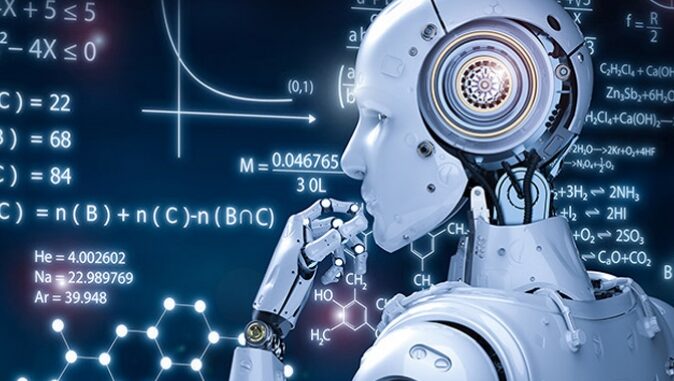
Human-AI collaboration is an evolving field where AI systems are designed to work alongside humans, enhancing their capabilities and decision-making processes.
This collaboration leverages the strengths of both humans and AI to achieve outcomes that neither could accomplish alone.








Here are some key aspects and examples of human-AI collaboration:
Key Aspects of Human-AI Collaboration
Augmented Decision-Making: AI systems can process large amounts of data and identify patterns that may not be immediately obvious to humans. By providing insights and recommendations, AI can help humans make more informed decisions in fields like finance, healthcare, and business strategy.
Automation of Routine Tasks: AI can take over repetitive and time-consuming tasks, freeing humans to focus on more complex and creative aspects of their work. For example, AI can handle data entry, scheduling, and basic customer service inquiries.
Enhanced Creativity: AI tools can assist in creative fields by generating ideas, designs, and content. For instance, AI can help artists, writers, and musicians by providing inspiration or creating drafts that humans can then refine.
Improved Productivity: AI can streamline workflows and improve efficiency by optimizing processes and predicting outcomes. This is valuable in manufacturing, logistics, and project management.
Learning and Training: AI-powered systems can provide personalized learning experiences and training programs. They can adapt to individual learning styles and pace, offering tailored content and feedback.
Safety and Risk Management: In high-risk industries like aviation, construction, and healthcare, AI can assist in monitoring, predicting, and mitigating risks, enhancing overall safety.
Examples of Human-AI Collaboration
Healthcare: AI-powered diagnostic tools can assist doctors in identifying diseases and recommending treatments based on medical data and research. For example, AI can analyze medical images to detect early signs of cancer.
Customer Service: AI chatbots and virtual assistants handle routine customer inquiries, allowing human agents to focus on more complex issues. This improves efficiency and customer satisfaction.
Creative Arts: AI can generate music, art, and literature. For instance, AI algorithms can compose music or create visual art that artists can then build upon.
Education: AI tutors provide personalized learning experiences for students, adapting to their individual needs and progress. This can enhance understanding and retention of material.
Business Intelligence: AI systems analyze market trends and consumer behavior, providing businesses with insights to inform strategic decisions. This can lead to better product development and marketing strategies.
Manufacturing: AI-powered robots work alongside human workers on production lines, handling tasks that require precision and repetition. This collaboration improves productivity and product quality.
Research and Development: AI assists researchers by analyzing vast amounts of data and identifying patterns or potential areas of study. This accelerates the pace of innovation in fields like pharmaceuticals and materials science.
Future of Human-AI Collaboration
The future of human-AI collaboration holds significant promise. As AI systems become more advanced and capable of understanding context and nuance, their ability to work seamlessly with humans will improve. This will likely lead to more integrated and effective collaborations across various sectors, driving innovation and enhancing productivity.
To ensure successful human-AI collaboration, it is essential to address ethical considerations, such as data privacy, bias, and transparency. Building trust between humans and AI systems will be crucial, requiring ongoing efforts to develop explainable and fair AI technologies.

Leave a Reply